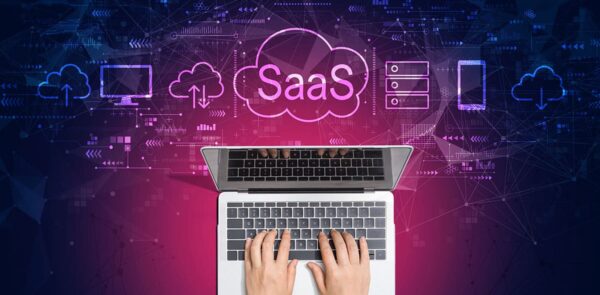
Jump to a section:
Customer onboarding and training are essential for SaaS company success. At Emulent, we can help you create and define a best-in-class onboarding process and educational content strategy to help you achieve excellence in customer experience. The goal is to ensure new users understand how to use the software effectively and realize its full potential. Below, you will find some of the strategies to accomplish this.
Challenge
However, the onboarding and education process can be challenging due to the complexity of SaaS products, varying levels of user expertise, and the need for ongoing support and training. Ineffective onboarding can lead to low adoption rates, user frustration, and increased churn.
Why it’s a Challenge:
- Complexity of the Product: SaaS solutions often come with a wide range of features and functionalities, which can overwhelm new users.
- Diverse User Base: Users may have varying technical expertise and different needs, making creating a one-size-fits-all onboarding process difficult.
- Engagement and Retention: It is a significant challenge to ensure that users stay engaged and continue to use the product after the initial setup.
- Resource-Intensive: The customer support and success teams must dedicate significant time and resources to personalized onboarding and ongoing education.
Solutions and Strategies
1. Personalized Onboarding:
- Tailored Onboarding Plans: Develop customized onboarding plans based on each customer’s specific needs and goals. This can involve personalized training sessions, customized setups, and tailored resources.
- User Segmentation: Segment users based on their roles, industry, or expertise level to deliver more relevant and effective onboarding experiences.
2. Comprehensive Training Resources:
- Video Tutorials: Create a library of video tutorials covering all software aspects, from essential functions to advanced features. These should be easily accessible and searchable.
- Interactive Walkthroughs: Use interactive product tours and walkthroughs that guide users through key features and functions within the software.
3. Onboarding Milestones:
- Clear Goals and Milestones: Set and communicate clear onboarding goals and milestones to ensure that users progress smoothly through the onboarding process.
- Progress Tracking: Allow users to track their progress through onboarding, providing a sense of accomplishment and motivation to continue.
4. Proactive Support:
- Dedicated Onboarding Specialists: Assign dedicated onboarding specialists or customer success managers to new users to provide personalized support and guidance.
- Proactive Check-Ins: Schedule regular check-ins with new users to address any questions or concerns and ensure they are on track with their onboarding goals.
5. Continuous Education:
- Webinars and Workshops: Host regular webinars and workshops to educate users on new features, best practices, and advanced functionalities.
- Knowledge Base: Maintain an up-to-date and comprehensive knowledge base with articles, FAQs, and troubleshooting guides.
- User Forums and Groups: Create online forums or user groups where customers can share experiences, ask questions, and learn from each other.
- Customer Events: Organize user conferences, meetups, and virtual events to foster community and facilitate knowledge sharing.
7. Feedback Loops:
- Regular Surveys: Conduct regular surveys to gather feedback on the onboarding process and identify areas for improvement.
- User Feedback Implementation: Show users their feedback is valued by implementing suggestions and communicating these changes.
8. Gamification:
- Incentives and Rewards: Use gamification techniques to make onboarding more engaging. Offer incentives and rewards for completing specific tasks or milestones.
- Badges and Certificates: Award badges or certificates for completing training modules or achieving specific goals within the software.
9. Documentation and Updates:
- Clear Documentation: Provide clear, concise, and up-to-date documentation for all aspects of the software. Ensure that it is easily accessible and well-organized.
- Regular Updates: Regularly update users on new features, enhancements, and changes through newsletters, in-app notifications, and release notes.
Feel free to reach out to our SaaS agency for help.


